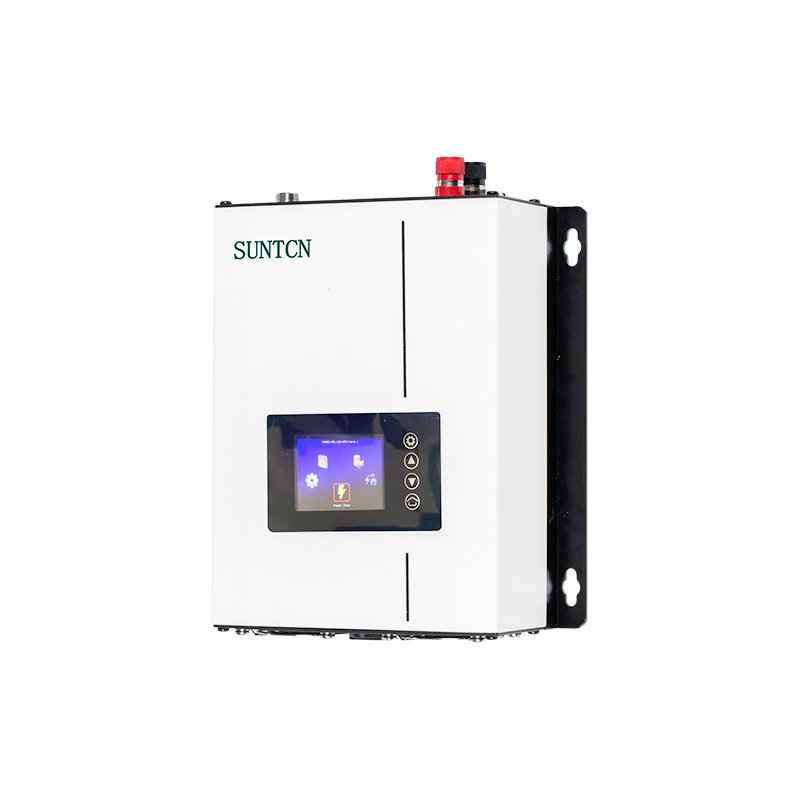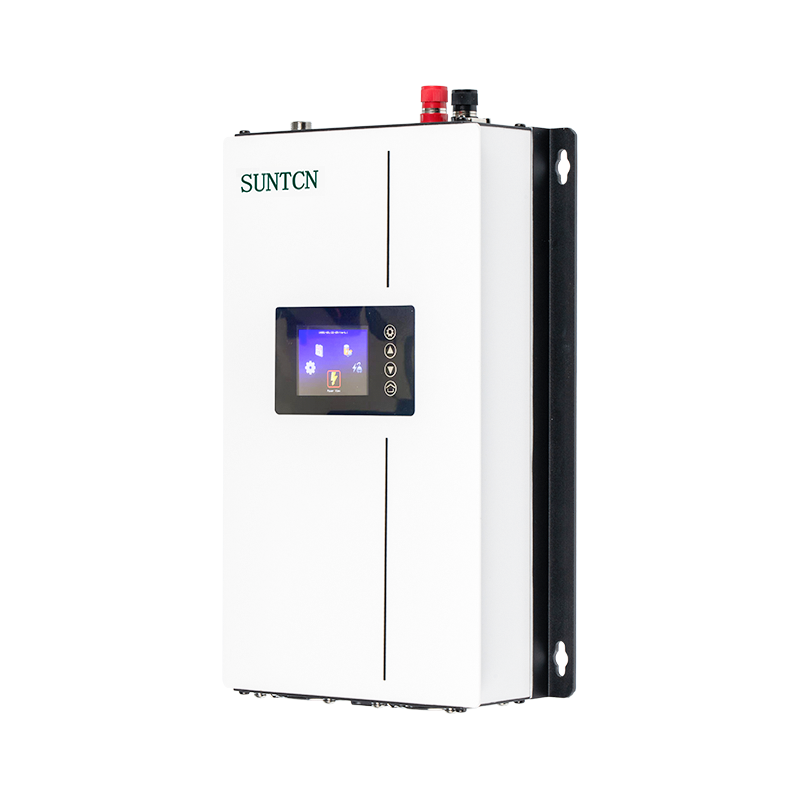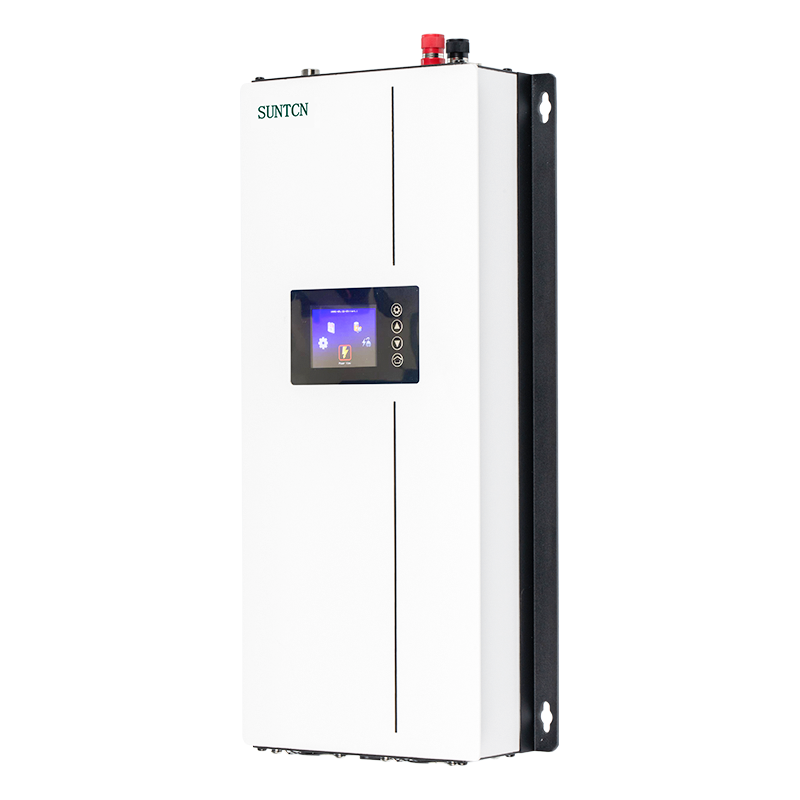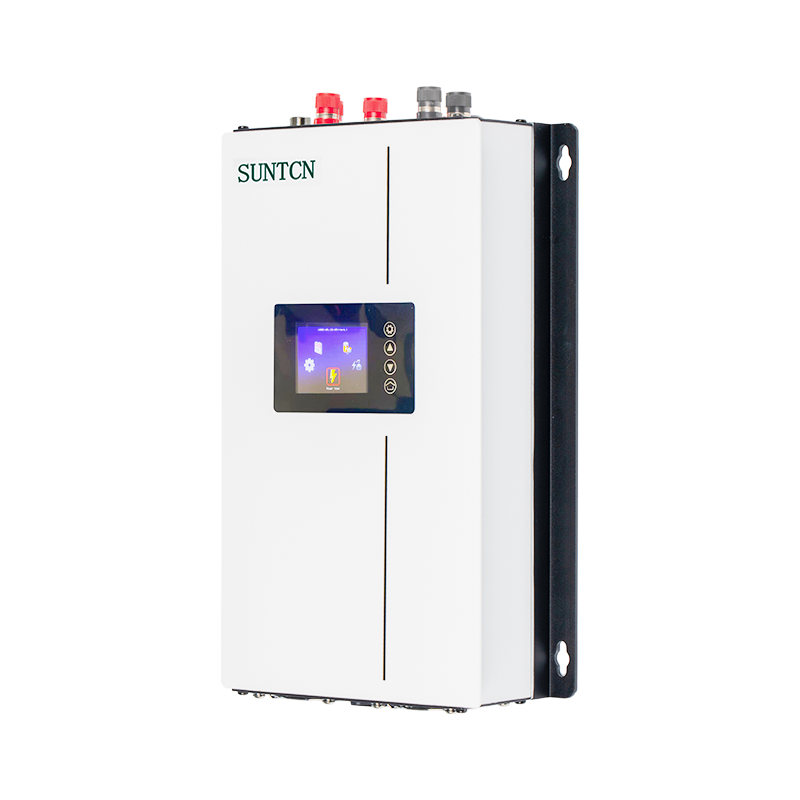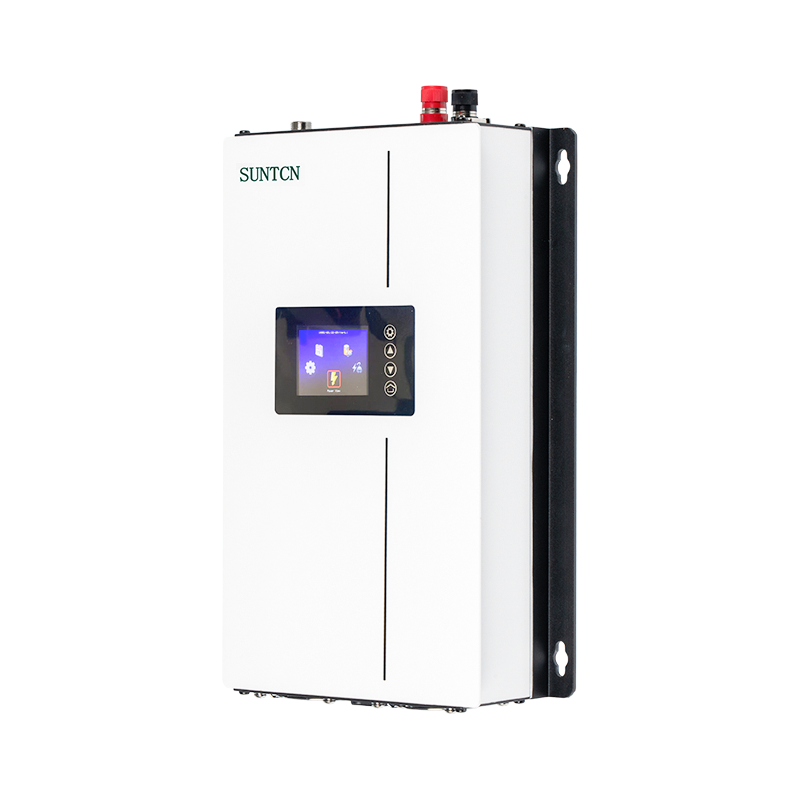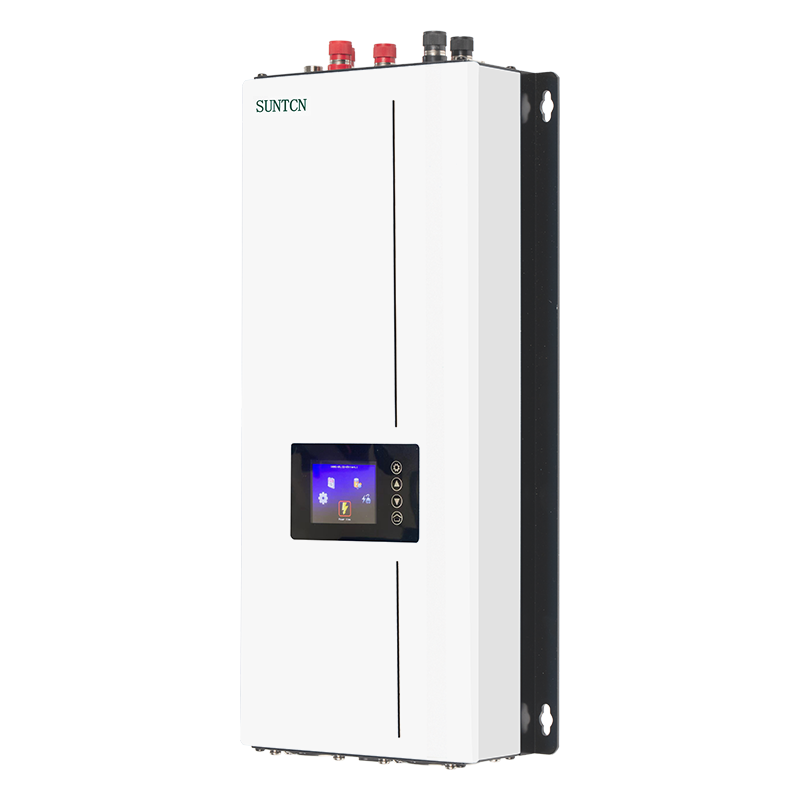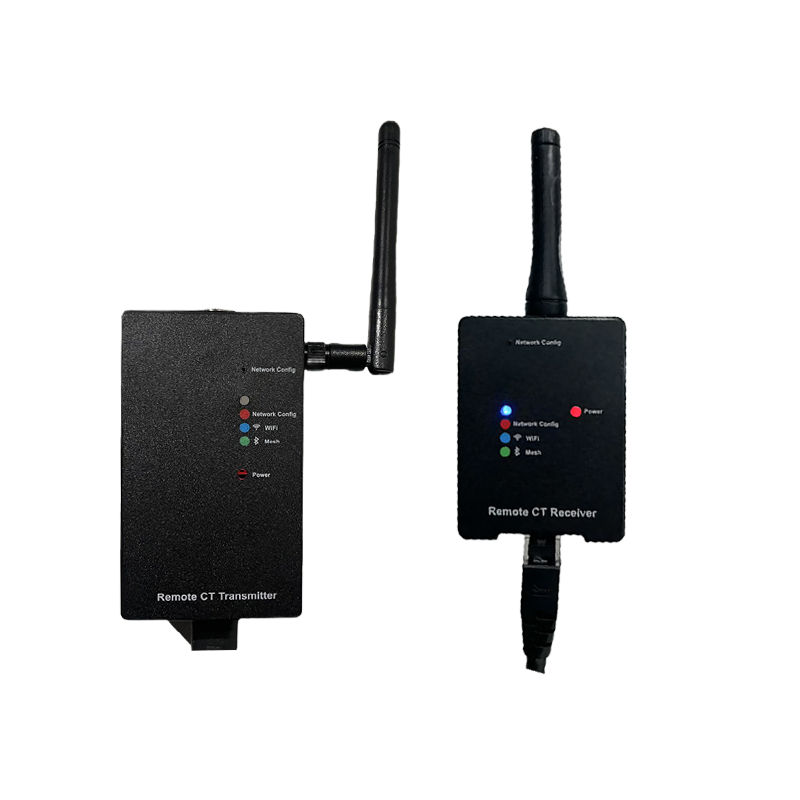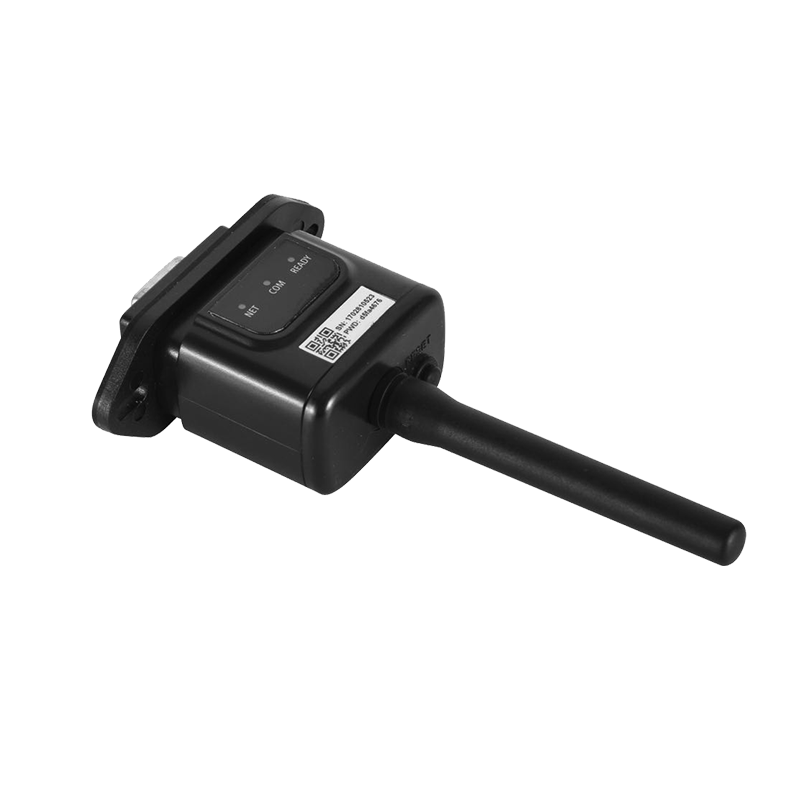In the current context of global energy structure transformation, solar energy has become an important direction for the development of clean energy. Whether it is home users or commercial institutions, more and more people are beginning to deploy solar energy systems. In the entire solar energy system, Solar Grid Tie Inverter plays a vital role. So, is Solar Grid Tie Inverter worth investing in? How does it work? What are its advantages and limitations?
1. What is Solar Grid Tie Inverter (Solar Grid-connected Inverter)?
Solar Grid Tie Inverter also known as solar grid-connected inverter, is a core device that converts direct current (DC) generated by solar panels (photovoltaic panels) into alternating current (AC) that can be used by homes or power grids. Unlike inverters in off-grid systems, grid-connected inverters directly transmit excess power to the national grid to achieve energy sharing and benefits.
2. How does Solar Grid Tie Inverter work?
Its basic working process is as follows:
Receive direct current (DC) output by solar panels: During the day, the sun shines and the photovoltaic modules generate current.
Convert DC to AC: The inverter converts DC into AC that is consistent with the national grid frequency (usually 50Hz).
Synchronize with the grid and supply power: The converted electricity directly powers household devices, or the excess power is fed back to the grid, which can obtain electricity subsidies (depending on national policies).
Two-way metering: Modern systems are equipped with meters to record power in and out for accurate billing.
3. What are the advantages of Solar Grid Tie Inverter?
| Advantage Category | Specific content |
| Efficient energy use | Convert solar energy into AC power in real time to reduce energy waste |
| Obvious economic benefits | Excess electricity is fed into the grid, which can provide electricity subsidies or reduce bills |
| Environmental protection and low carbon | Zero carbon emissions, supporting sustainable development |
| Intelligent equipment | Modern inverters have remote monitoring, automatic adjustment, and grid synchronization functions |
| Strong system reliability | Connected in parallel with the national power grid to improve power supply continuity and stability |
4. Compared with off-grid inverters, what are the differences?
| Features | Grid-connected inverter | Off-grid inverter |
| Power Source | Connect to the grid | Fully self-sufficient, requires battery pack |
| Energy storage needs | No energy storage equipment required | Requires battery pack for power storage |
| Cost Structure | Relatively low cost | Higher cost (need to purchase additional batteries) |
| Availability during power outages | Unable to work after power outage | Can continue to supply power (using batteries) |
| Usage scenarios | Suitable for cities and industrial areas | Suitable for remote areas and places without power grid |
5. Is Solar Grid Tie Inverter worth investing in?
This question varies from person to person, but after considering the following factors, users will think it is worth investing in:
1. Great potential for electricity bill savings
Through the grid-connected system, a large amount of electricity bills can be saved every month, and there may even be a profit (depending on regional policies).
2. Controllable investment payback period
Usually, the cost can be recovered within 5-7 years, and it will be profitable for more than ten years.
3. Government support and subsidies
Many countries and regions provide policy subsidies for solar grid-connected systems, such as China's "Photovoltaic Feed-in Tariff Subsidy" and the United States' "Federal Solar Tax Credit" (ITC).
4. Improve property value
Installing a solar system and a grid-connected inverter can improve the energy rating of a house and increase the resale appeal of the property.
6. How to choose a suitable Solar Grid Tie Inverter?
When choosing, you need to focus on the following parameters:
Rated power: It needs to match the total power of the photovoltaic panel to ensure efficiency.
Conversion efficiency: The higher the better, generally high-quality inverters can reach an efficiency of more than 97%.
Compatibility: It needs to support multiple voltage input ranges and different types of photovoltaic modules.
Brand and quality: It is more secure to choose well-known brands such as Huawei, SMA, Sungrow, Growatt, etc.
Intelligent monitoring function: You can remotely view system operation status, power generation and other information.
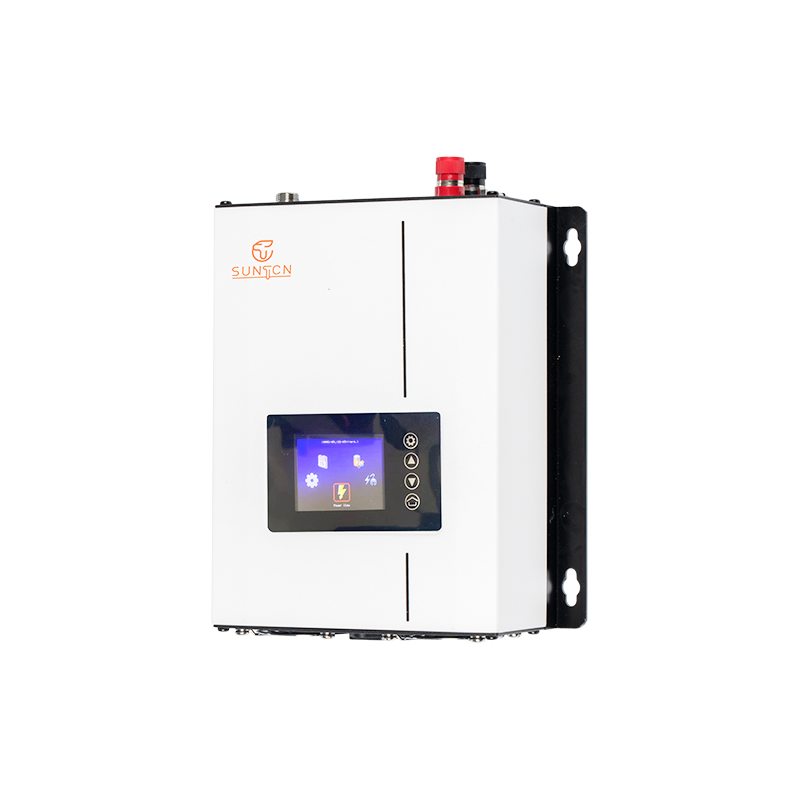
7. What should I pay attention to when using Solar Grid Tie Inverter?
Comply with local grid-connected specifications and approval procedures: Permission from the grid company must be obtained before installation.
Professional installation required: The grid-connected system is complex and must be operated by certified installers.
Ensure that safety protection devices are complete: such as grounding protection, lightning arrester, disconnector, etc.
8. Future development trends
Grid-connected inverters with integrated energy storage functions will rise
AI smart inverters will achieve higher efficiency regulation and data analysis
Micro grid-connected inverters (Micro Inverter) will gradually become popular in distributed photovoltaics
Integration with smart grids: will bring users more flexible energy management
Conclusion: Grid-connected inverters are key equipment in the green energy era
In summary, Solar Grid Tie Inverter (solar grid-connected inverter) is not only mature in technology and reasonable in cost return, but also can achieve a win-win situation for environmental protection and economy. For users who have the conditions to install solar energy systems, this is an important part worth investing in. With the advancement of global carbon neutrality goals, the application of grid-connected inverters will become more and more extensive and become the standard for green energy homes and enterprises.

 English
English Español
Español Deutsch
Deutsch